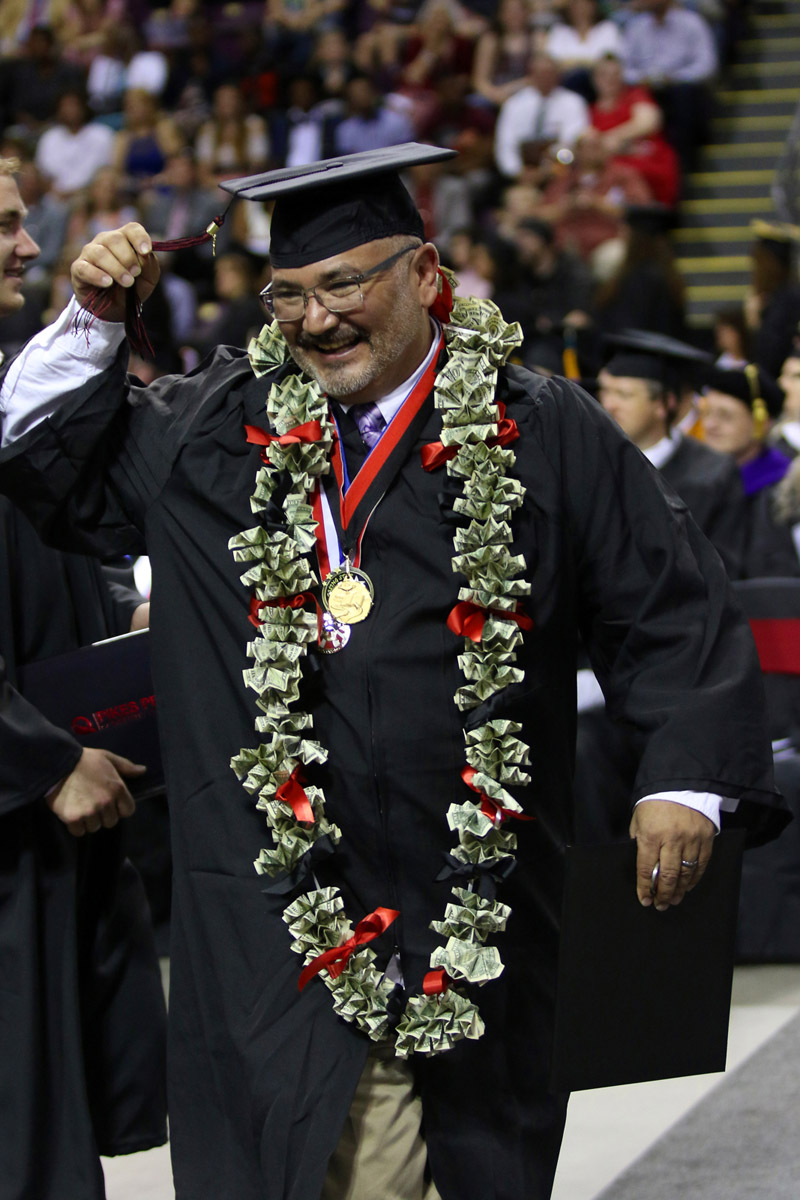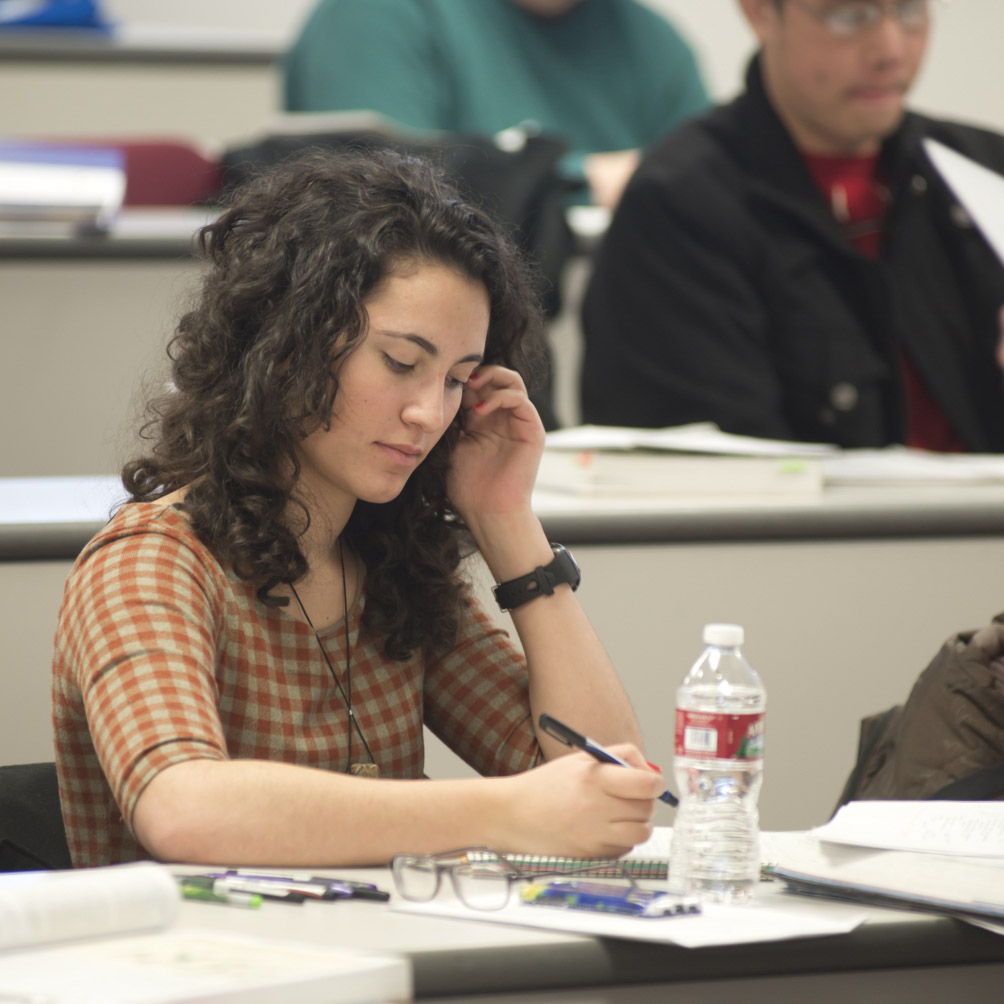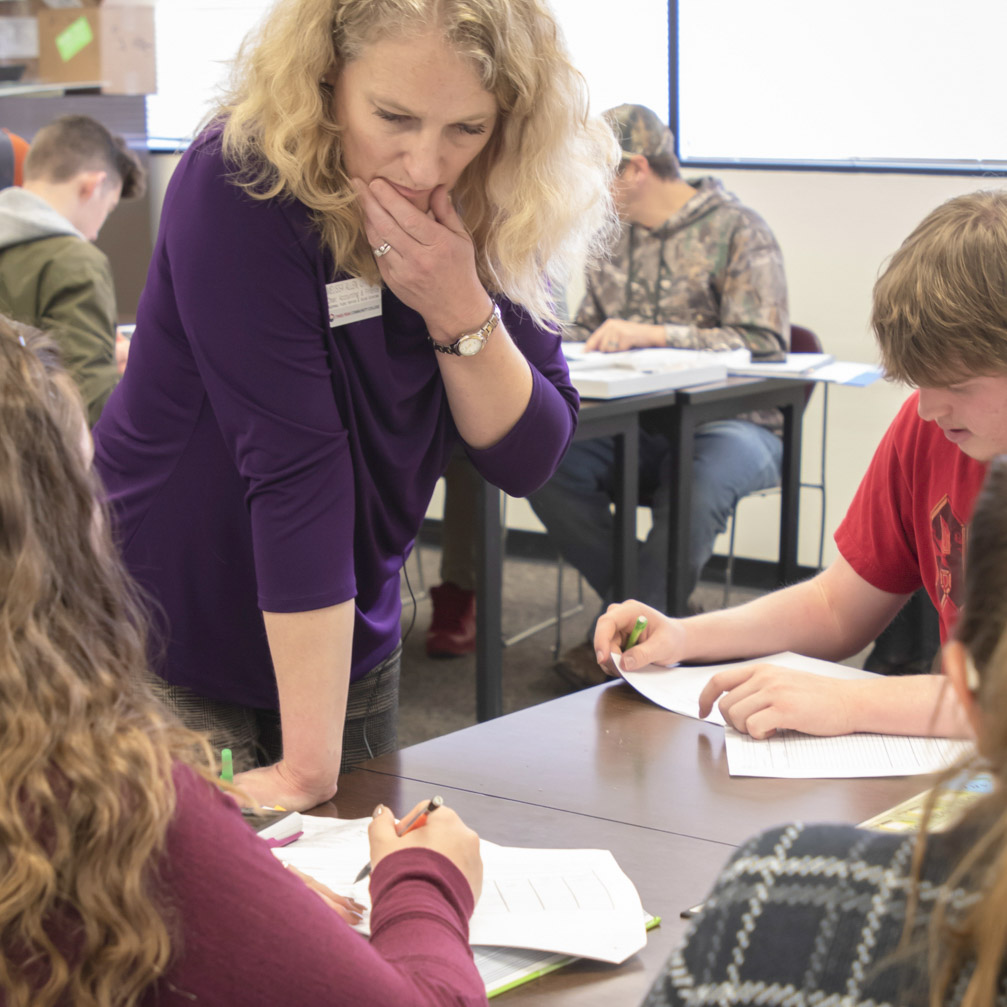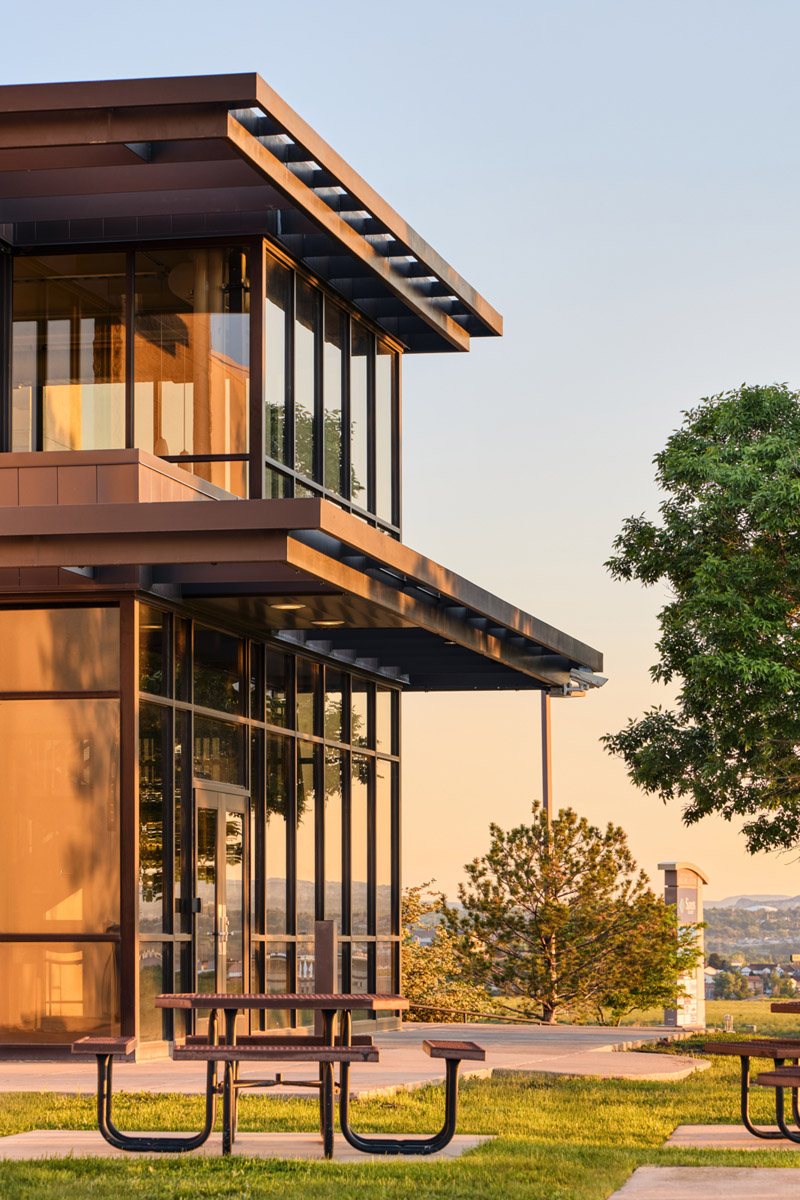Vision 2030
A New State of College
Amidst a changing higher education landscape, we must assess Pikes Peak’s unique strengths and challenges to make intentional and measurable choices. We must ask ourselves, what will it take for Pikes Peak to thrive, not only over the next 5 years but for many years to come?
While Pikes Peak has made progress on many key performance indicators, we know that improving retention, student success, and graduation rates should always be at the forefront of our work. Improving these metrics not only benefits our students, but improves the College’s overall financial health, thus benefiting faculty, instructors and staff as well.
By the end of the strategic planning period, Pikes Peak’s retention, graduation and course pass rates should be equivalent to if not exceed those of the other urban Colorado Community College System (CCCS) colleges:
In striving toward this overarching goal and the strategic priorities below, PPSC remains committed to the College’s vision, mission and values statements:
Vision: Students succeed at PPSC.
Mission: Our mission is to provide high quality educational opportunities to all with a focus on student success and community needs.
Values: We value a community built on learning, mutual respect, and diversity.
Academic Year 2021 Retention Rates
Fall to Fall, IPEDS cohort, full-time, first-time, degree seeking only:
Fall to Fall, all students, full and part-time, including both degree and non-degree seeking students*
*IPEDS data tracks first-time, full-time, degree-seeking students. “All students” tracks degree and non-degree-seeking students, full and part-time, and is not limited to students in their first term. Thus, in the “all students” data, below-average retention rates among first-time students can be obscured by above-average retention rates among concurrent enrollment students, and there can be a wide range between full-time and part-time students.
Academic Year 2022 Overall Course Pass Rates
Three-Year Graduation Rates
(Fall 2019, graduated by Summer 2022, IPEDS cohort):


In early fall 2021, the Core Strategy Team (CST) was formed. This team, comprised of faculty, staff and administrators, led the strategic planning process from summer 2021 through fall 2022: analyzing data, gathering ideas and concerns from the College community, and assessing higher education trends. Additional details about the strategic planning process can be found in Appendix A of the downloadable strategic plan.
In support of the overall goal of improving retention,



Each year the President establishes a working group dedicated to determining the focus goals for that year. That working group is charged with:
This goal focuses on creating an overall course schedule that enables students to complete degree requirements with minimal conflicts or delays. Strategic scheduling uses historic and projected enrollment data to build more student-friendly and efficient schedules. This work will align course offerings with our new campus-based divisions as well as the goal of maintaining efficient scheduling.
Strategic Scheduling Goal Leaders:
Progress So Far:
The Strategic Scheduling group has conducted surveys, listening sessions and reviewed classroom usage reports. As a result, starting in fall 2025, the Centennial campus scheduling grid will be changed so the first block of classes will start at 7:30am. This change will increase classroom usage and allow CE students to take more than one class per day on campus.
Upcoming Plans:
For the upcoming academic year, the group is working on scheduling related programs into neighboring spaces on each campus, creating general education scheduling blocks for CTE courses at Centennial, and taking a deeper look at evening offerings. To facilitate these changes, and to develop a more efficient schedule, the group is also investigating the Ad Astra Integrated Academic Planning Module. If adopted, the module has the potential to highlight and resolve scheduling inefficiencies, resolve unintended barriers in the course schedule, and generate an annual and multi-year schedule.
This focus goal is designed to create a Tuition Assistance program for employees that does not rely on a reimbursement model. The focus goal group will create an up-front payment program, which will alleviate the out-of-pocket burden for employees and should increase use of the program.
Employee Tuition Plan Goal Leaders:
This goal is complete. The new Tuition Assistance program for employees does not rely on a reimbursement model, alleviating the out-of-pocket expenses for employees taking classes at PPSC.
The Adult Learners Task force will seek strategies and tactics to increase adult learner enrollment, retention, and completion. Credit for Prior Learning, short-term intensive programs, alternative modalities and scheduling are among the strategies this group is considering . This Focus Goal builds on the work of and formalizes the College’s commitment to the Adult Learner Task Force.
Adult Learner Goal Leaders:
Spring 2024:
PPSC ran six sections of accelerated, hybrid, gen ed classes in ENG, COM, and PSY. Rather than lasting the full semester, these classes took place during a 7-week bi-semester, meeting one day a week in person with the remaining coursework happening online. The students were supported by two peer mentors who were available, virtually or in person.
Though enrollment in these sections was not limited to students 25+ years of age, adult learners were deliberately targeted in enrollment efforts. Of the 66 students who enrolled in these six classes, 20% were 25 or older, and 69% were age 20 or older.
69% of adult learners passed the accelerated classes.
Feedback from the course evaluations indicates that:
Upcoming Plans:
The same accelerated, hybrid ENG and COM classes will be offered in the fall. However, based on lessons learned from the spring 2024, we will be able to better promote the classes to adult learners of color. In addition, the Adult Learner Task Force will also conduct a professional development event in the fall for faculty interested in teaching in this format. We hope to generate enough interest that we can eventually offer entire programs of study in this accelerated format. In particular, we want to expand this modality to our Career and Technical Education programs.
This focus goal group seeks to develop employee engagement and campus culture. We recognize that the nature of work and higher education shifted during the pandemic, and so this group's focus will be understanding, embracing, and improving on what our institutional culture is and can be now and in the future. The focus goal group will seek consensus on strategies and tactics that build community, a sense of belonging, and a shared sense of purpose while also understanding and supporting the altered institutional work environment that has evolved over the past four years.
Employee Engagement and Campus Culture Goal Leaders:
Progress So Far:
Since October 2023, the Employee Engagement and Campus Culture (EE/CC) Focus Goal Group at Pikes Peak State College has convened monthly to analyze the 2022 climate survey data, gather departmental insights, and engage in comprehensive discussions. The EE/CC group represents a wide range of PPSC employee types and service areas.
These efforts have led to the formulation of strategic recommendations aimed at enhancing employee engagement and fostering a vibrant campus culture.
Cultivating Trust: The group focuses on cultivating relationship trust among PPSC employees and organizational trust between employees and the institution.
Focus Areas and Objectives:
Upcoming Plans:
For the 24-25 academic year, the EE/CC group will work on implementing these strategies, coordinating with Human Resources, Communications and Marketing, Leadership Council and the Executive Team.
Dr. Enrique Romo, Vice President of Student Experience and Equity, will co-lead a group focused on not only meeting the eligibility requirements for HSI designation, but also on building the infrastructure to best support the success of Latine students.
A steering committee of faculty and staff has been created to move forward with the Downtown Campus Revitalization project.
The five priority areas for the project are:
